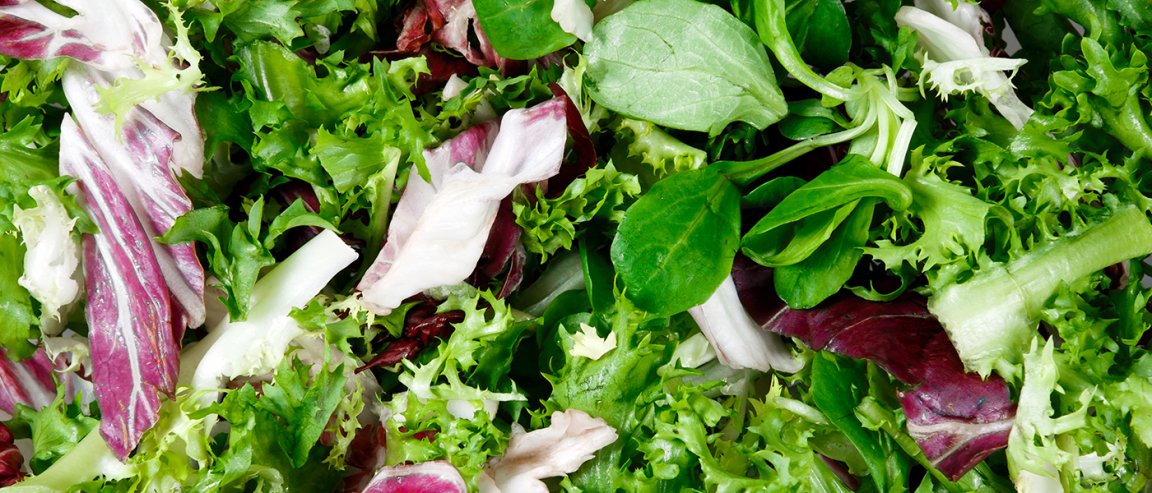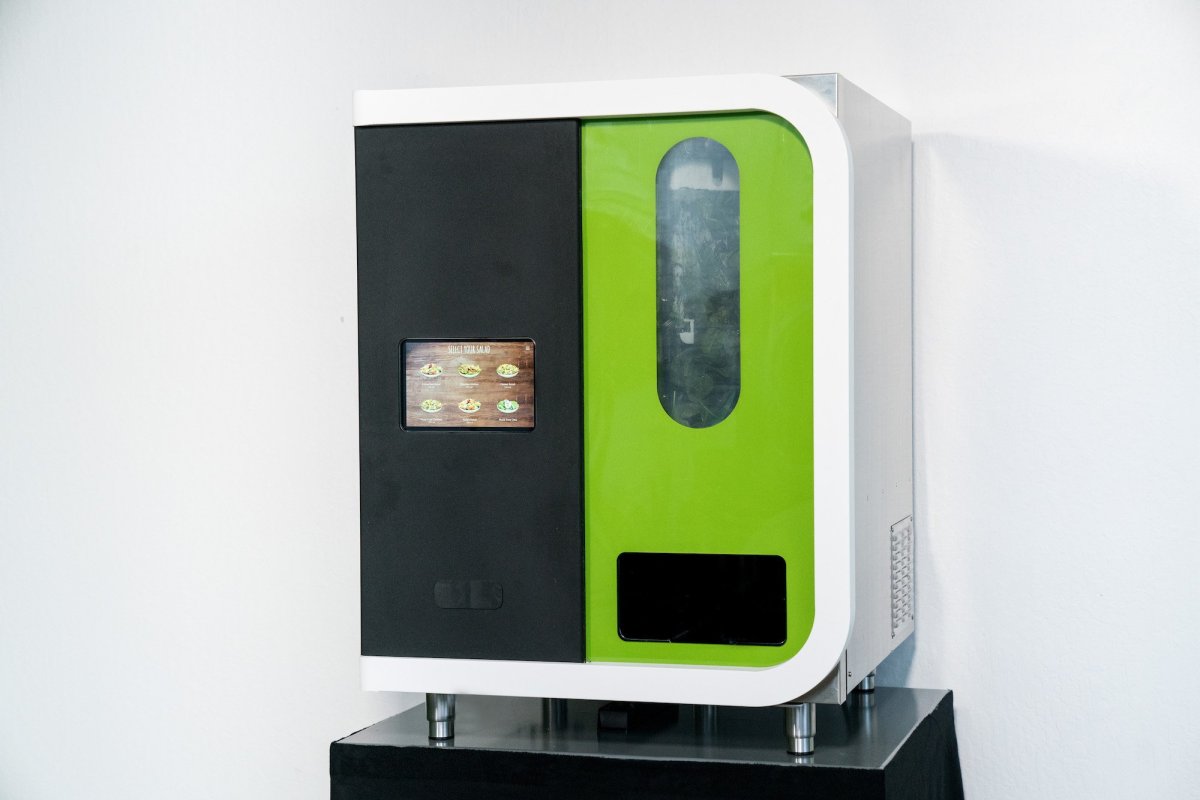
Meet Sally
Sally can make 1,000 different types of salads using 21 ingredients that change depending on what’s seasonally available. She can create a salad in just about a minute and doesn’t require a living wage because, well, she’s not living.
Created by robotics startup Chowbotics, Sally the Salad Robot is destined for popularity as it provides hungry patrons with a wealth of healthy options. Chef Charlie Ayers, the first executive chef at Google, created a number of signature salads that customers can choose to order, but if they are not interested in a pre-planned option, they can customize their meal from the different ingredients offered.
CEO Deepak Sekar hopes to provide quick, healthy meals to busy professionals, at least in part replacing greasy fast food options. Sally’s capabilities will soon be put to the test as Sekar hopes to have 125 of the robots in tech offices in the San Francisco area by the end of 2017.
The Age of Automation
Sally is a testament to the age of automation. It’s sign that, in the very near future, we might be interacting with far more robots and far fewer people. Sally confirms that even the preparation of a chef-curated signature meal can be completed by a machine.

Now, Sally does still need humans to help it operate. The robot gets its ingredients from canisters that need to be loaded and reloaded by hand. But, even though humans are needed to keep the machine up and running, the difference between two humans interacting about a lunch order and the interaction between a human and Sally is monumentally different.
How automation will lead to job loss is a frequently discussed topic, and it is a major issue that we will have to find creative solutions to manage. But less talked about is how we, as humans, will change. If your daily interactions started to feature progressively fewer and fewer people, how might it affect you?